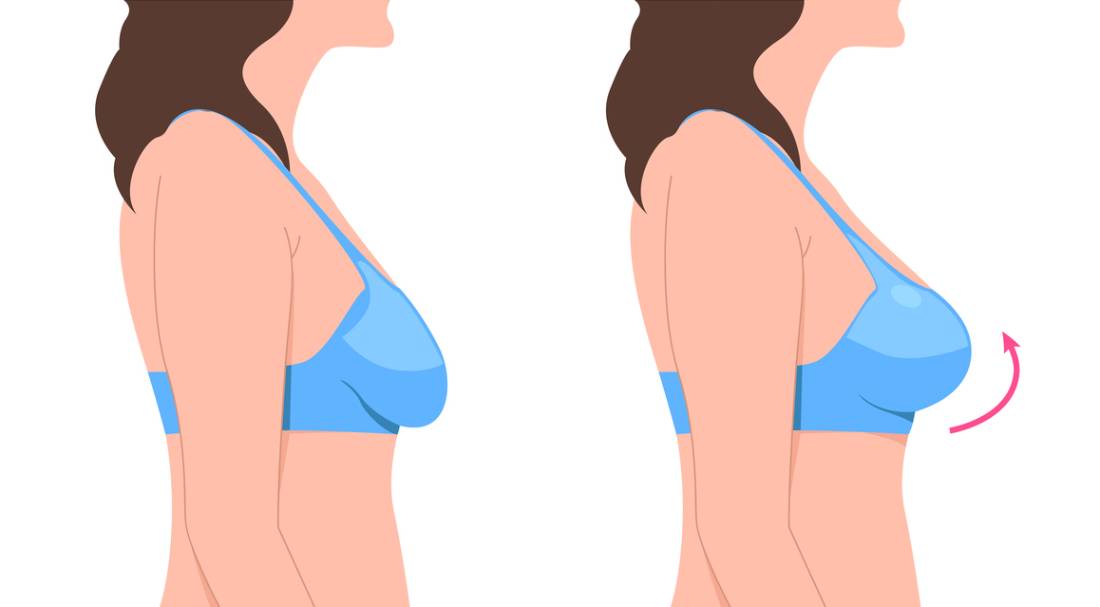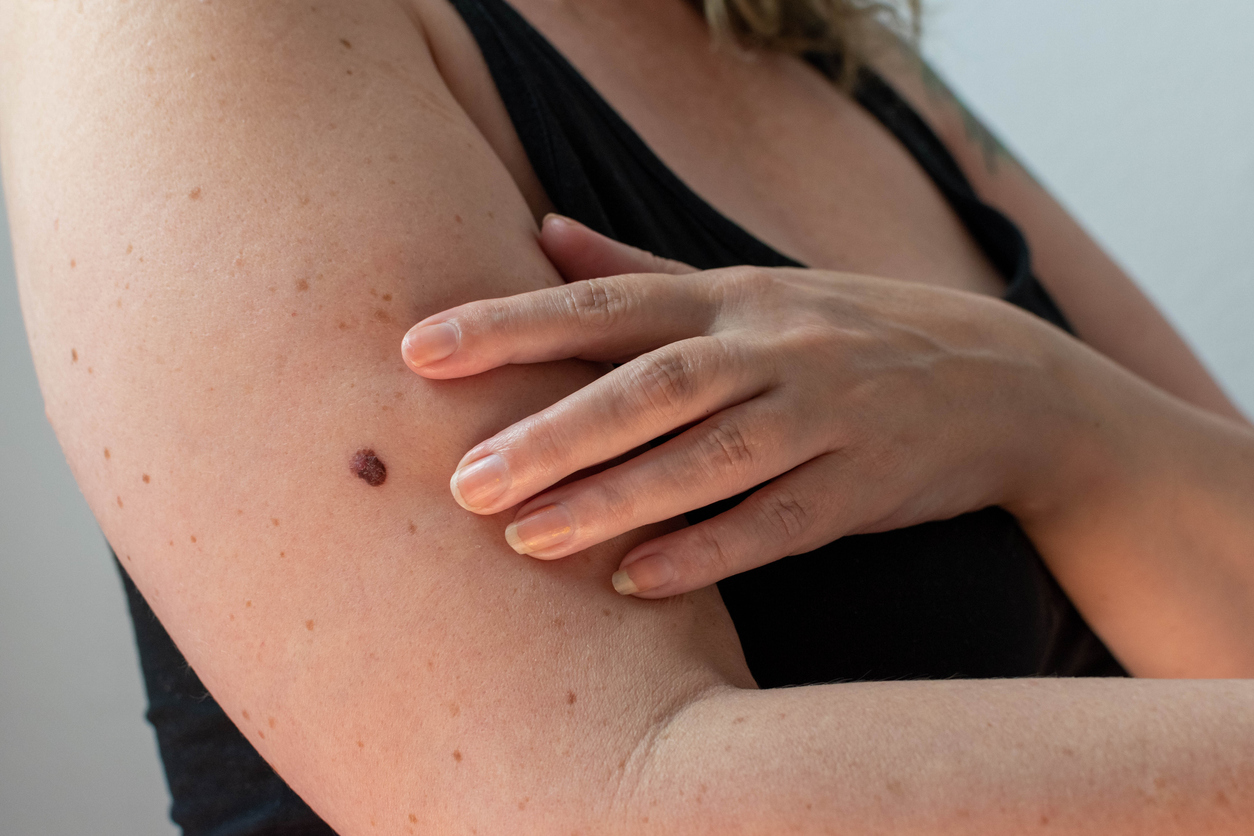A thigh lift is a plastic surgery procedure designed to improve the appearance of the thighs and upper legs. For patients who are self-conscious about this part of their body, a thigh lift has the potential to give them a markedly improved appearance and sense of confidence. However, there are an unfortunate number of misconceptions and myths about this procedure that can contribute to patients not fully understanding the procedure that they are about to engage in. In other cases, it can deter a patient from engaging with the procedure at all. If you are interested in the benefits of a thigh lift but are worried about some of the information you have heard about it, take a look at this article that works at dismantling myths about thigh lifts.
What is a Thigh Lift?
A thigh lift is a type of cosmetic surgery that can help to improve the appearance of one’s thighs. Often, this procedure is employed to remove excessive amounts of skin and fat from this area of the body. The results deliver a more contoured and toned appearance to the thighs.
Dismantling Myths About Thigh Lifts
A thigh lift can be a wonderful and life-affirming procedure for those for whom it works. However, there are some myths surrounding this procedure that do not serve either doctor or patient as they navigate the complexities of surgery. Dispelling these myths can help you feel more confident as you move forward with your procedure.
Myth 1: Thigh Lifts Leave Large and Noticeable Scars
One common myth surrounding thigh lifts is that they tend to create large and noticeable amounts of scarring on a patient. In fact, the most contemporary surgical techniques have progressed to the point that they are able to leave minimal amounts of scarring throughout the procedure.
Myth 2: Only Women Receive Thigh Lifts
Another pernicious myth surrounding this procedure is that a thigh lift is a procedure that is only ever sought after by women. The reality is that a thigh lift can benefit any individual looking to improve the appearance of their thighs, regardless of their gender.
Myth 3: Thigh Lift Recovery is Painful
Thigh lifts entail an average amount of discomfort in their recovery periods in relation to surgery of comparable scope. Most patients will find that they are finished with the most uncomfortable period of their recovery period within a few weeks. You can help facilitate this by following your physician’s instructions regarding your recovery period very closely.
Myth 4: Thigh Lifts Do Not Offer Long-lasting Results
The results from a thigh lift procedure can last for a very long time and may last for life if paired with a reasonable level of exercise and healthy living. Most patients who see their results fade more quickly do so because they do not couple their procedure with a healthy lifestyle.
Myth 5: You Cannot Walk Normally After a Thigh Lift
This is true for some patients, but this situation will likely only be the case for a few days. Most patients will find that they are fully mobile and can move about normally within a couple of days from their initial procedure. Special medical circumstances may extend this period, so talk with your doctor if you have particular concerns.
Myth 6: Thigh Lifts Are Only Cosmetic
There is a common misconception that thigh lifts are performed only for cosmetic benefits and do not offer a patient any other type of advantage. Although the aesthetic benefits of a thigh lift are strong, there are a number of other gifts that this procedure can impart. Many patients end up with a stronger sense of confidence, less skin chafing, and, on average, a stronger sense of mobility. These benefits reach into the psychological and lifestyle sectors of one’s life.
Myth 7: Any Plastic Surgeon Can Perform a Thigh Lift
In fact, a thigh lift is best left in the hands of a specialist who has performed the procedure successfully numerous times. When researching the doctor with whom you are thinking of performing your procedure, make sure to look into their surgical history and check to see that they have a strong record of performing the procedure successfully.
Myth 8: Thigh Lifts Are for Young People
A thigh lift can benefit a person of any age, so long as they are healthy enough to endure some of the stressors that come paired with receiving an invasive surgery. The primary factors that influence a candidate’s eligibility for a thigh lift are not their age but rather the health of their skin and their general health profile.
Myth 9: Thigh Lifts Only Help People Trying to Lose Weight
The overall purpose of a thigh lift is not actually to help an individual lose weight, although this may be a benefit that some patients experience. Rather, a thigh lift aims to reshape and sculpt the thighs to make them look better. This involves adjusting the skin and fat of the thighs into a different form.
Myth 10: Thigh Lifts Are For Individuals Who Have Experienced Dramatic Weight Loss
These individuals make up a significant number of the patients who come seeking thigh lifts. This is due to the fact that losing significant amounts of weight can result in warping and stretch marks on the thighs, which a thigh lift can help to readjust into a more pleasing form. However, these types of issues can affect anyone, regardless of whether or not they have recently lost significant amounts of weight. Thigh lifts can be a valuable tool for anyone looking to adjust the appearance of their thighs.
Benefits of a Thigh Lift
There are many different benefits of receiving a thigh lift, which is a procedure that can positively impact the appearance of one’s thighs in a number of different ways. Some of the common issues that can be addressed with a thigh lift include:
- Rashes
- Chafing
- Sagging skin
- Discoloration
- Cellulite and lumpy skin
- Poor skin tone
- Loss of elasticity
Many patients report a higher overall sense of confidence in their appearance following a thigh lift procedure. In this way, the benefits of the procedure can spill over from just simply the target area of the surgery.
Who Is a Good Candidate For a Thigh Lift?
Most healthy patients who are interested in receiving a thigh lift will find themselves qualified to receive treatment. Some of the qualities that your physician will look for include:
- Non-smoker
- No severe underlying health conditions
- No health conditions that would complicate one’s recovery
- Having maintained a healthy weight for about a year prior to surgery
In addition, your physician will provide an overview of your general health profile and physical fitness before they approve treatment for you.
What Occurs During a Thigh Lift?
There are several steps that you can expect to experience as you proceed through the thigh lift process. In general, the steps of a thigh lift look something like this:
- Your physician will make incision lines on the thighs to indicate where the cuts of the surgery will take place.
- Your anesthesiologist will administer general anesthesia to you so you lose consciousness during the procedure.
- Your surgeon will make an incision in the groin area. Depending on the patient, this incision may extend around the back of the thighs and down towards the knees.
- Your surgeon begins to remove fat, reposition muscles, and tissues, and trim away excess skin during the thigh lift procedure.
- Sutures are applied to help secure the new shape of the thighs.
- Stitches are utilized to close all incisions and prepare the area for the healing and recovery period post-surgery.
A thigh lift will typically take about two hours to complete. After your procedure is complete, you will enter the recovery period.
After Your Surgery
Following the completion of your surgery, you will be moved into a recovery area until you awaken from general anesthesia. Depending on your state, you will either spend the night in the hospital or be released from the hospital to head home that same day.
Your physician will give you a set of guidelines to follow to maximize your recovery period and ensure that you have the knowledge required to safeguard your results. In general, you can expect to need plenty of rest and avoid engaging in any overly strenuous physical activities for the first few days following your procedure.
You will likely experience modest pain and discomfort during this recovery period. Your thighs may feel irritated and sore. This is considered a normal effect of the procedure. However, you should keep note if you experience any of the following risks and side effects:
- Bleeding
- Odd skin sensations
- Deep vein thrombosis
- Infection
- Numbness
- Pour wound healing
- Swelling
- Seroma
The Best in LA
Dr. Joubin Gabbay is a fellowship-trained surgeon who specializes in a number of popular plastic surgery procedures. If you are interested in a thigh lift but are unsure if it is for you, contact Dr. Gabbay today to set up an appointment to discuss the benefits of this procedure.







